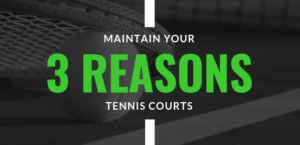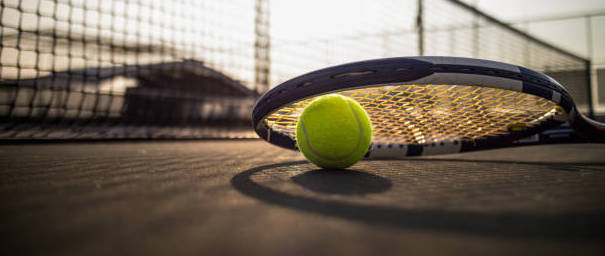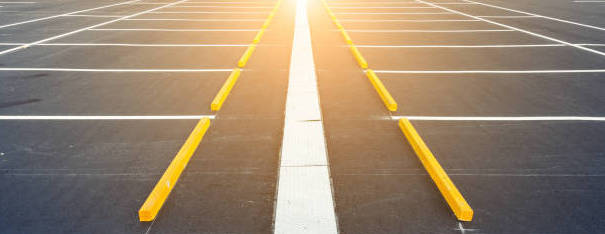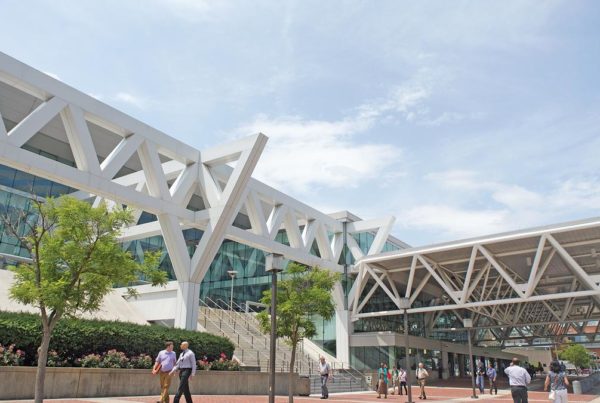Do you keep your courts in playable condition?
As we saw in Wimbledon 2017, court maintenance and upkeep can be directly correlated to game results and player satisfaction. Not implementing consistent tennis court maintenance and repairs can affect everyday activity, and have costly long-term consequences. Here are three reasons to always keep up with your court maintenance.

1. Playing Conditions
Smoothness and surface angle both affect the trajectory of a bouncing ball.
This is why you can’t expect the same cadence on a clay court, hard court, and grass court, and why professional players drastically change style and strategy based on the playing surface. Varying levels of smoothness affect velocity, bounce angle, and intensity of the ball. Players expect all of these factors to be consistent and reliable on the entirety of the court.
Things like spills, trash, debris, dust, dirt, and rain can change the smoothness of your court. Blow or sweep courts daily and after rain to avoid surface inconsistencies.

Varying angles of the surface affect ball bounce as well. Unexpected ball rebound angles are due to uneven areas and slopes on the court, drastically affecting player movements.
Scheduling walkthroughs to discover uneven areas and being aware of bird baths and puddles can help detect leveling problems.
2. Injuries
Right after winning, safety is often a tennis player’s #1 concern. They work hard to stay conditioned and prevent injuries, but it’s the facility’s job to provide players with a safe environment.
Issues such as not following recommended crack repair protocols, slippery mold and mildew on tennis courts, and failure to clean leaves and debris can cause injuries for players if left unattended.
Penn Medicine’s Musculoskeletal and Rheumatology Blog states that even players should, “make sure the court is clean before you begin play, checking closely for slippery spots and debris that could cause a slip, trip or fall.”
Neglecting regular walkthroughs and routine court maintenance can leave you liable for injuries and left with exacerbated, costly repairs.
LegalMatch lists these injury examples that a tennis player could possibly sue for:
• Slipping and falling on leaves negligently left on the court by the tennis club.
• Tripping on a seam protruding from a court that the tennis club had notice of and failed to repair.
• Catching a ring on a girder while retrieving a ball at an indoor tennis court.
3. Aesthetics
A tennis court that’s aesthetically pleasing is more enjoyable to play on. Whether your facility is a school, park, or club, good courts make your whole property more attractive to students, members, or visitors.
Here are a few ways to make sure your courts are always pleasing to the eye:
• Call your court manufacturer if colors begin to fade
• Check courts for trash and debris daily
• Be sure to repair any cracks as soon as possible, even if they are small
• Install fencing that matches your court and facility ambiance
• Routine walkthroughs to check net posts and poles
• Post signs for no skateboarding/bicycles and tennis shoes only on courts
Playing conditions, injuries, and aesthetics are only three of the many reasons to properly maintain your tennis courts. Preventative, routine maintenance is the most successful strategy for long-lasting courts that stay in playable condition!
If you would like more information on recommended court maintenance, crack repair, or fading colors, contact us at 1-800-243-6647 or info@atccorpmd.com.





